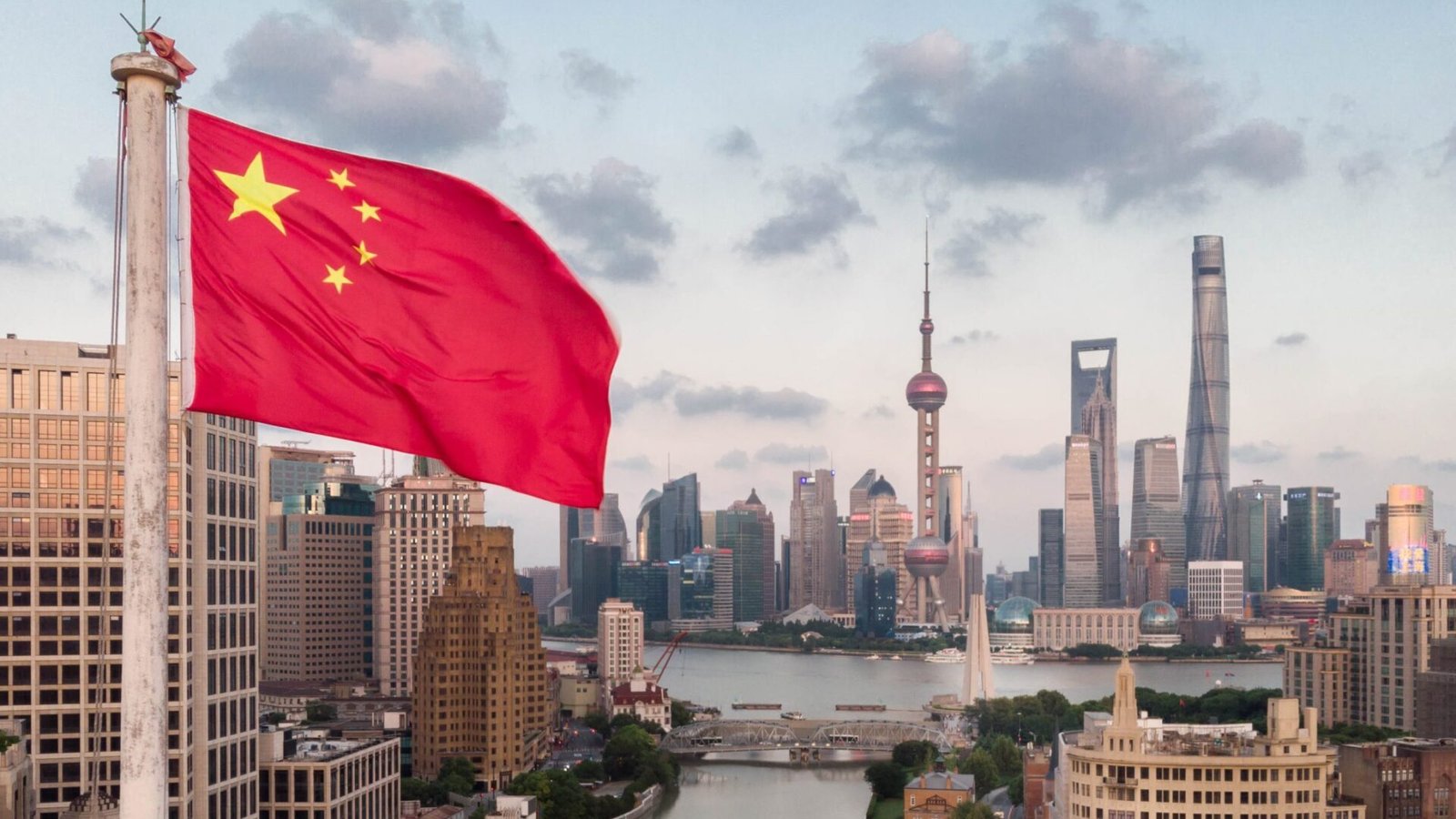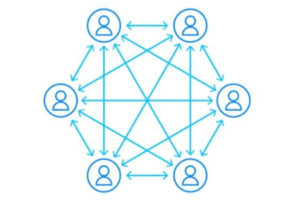$TSLA $NVDA $LAC
#graphite #China #EV #electricvehicles #batteries #mining #supplychain #rareearthmetals #USA #energytransition #Malaysia #sustainable
The global transition to electric vehicles (EVs) has put pressure on the supply of essential materials, with graphite emerging as one of the most crucial components for the production of lithium-ion batteries. Until recently, China held a nearly unshakable grip on the graphite market. However, nations and corporations worldwide are now scrambling to mitigate over-dependence on a single supplier. One of the most notable advancements in this struggle is a newly-established graphite processing facility in Malaysia, which utilizes innovative methods to supply the surging demand for EVs. This facility aims to reduce reliance on China’s graphite processing dominance and ensure that more sustainable production techniques are developed. The shift is as much about economic security as it is about the global shift towards greener energy.
While graphite mining is widely dispersed across the globe, the refinement and processing stages have long been dominated by China. The country’s efficiency in refining materials like graphite for battery production has allowed it to become both a cost-effective and essential supplier over the past few decades. Companies like Tesla ($TSLA) and energy storage firms are heavily exposed to the volatility that arises from over-reliance on China. Investors need to pay attention to the potential risks that may arise from market imbalances in supply chains, especially if political tensions flare up. The new facility in Malaysia looks to disrupt this delicate equilibrium by offering an alternative channel for graphite processing and thus providing stabilization and diversification opportunities for markets outside of China. This could assist firms such as $TSLA, which is highly susceptible to raw material shortages, to better navigate their supply chains and reduce bottlenecks.
According to analysts, the increased demand for electric vehicles is projected to exponentially increase the need for graphite by numbers not seen in recent history. Several companies are already investing in alternative sources, but the market has generally been slow to react. The strategic importance of Malaysia’s entry into the graphite refining market may reduce the risks associated with supply constraints and sudden price spikes in graphite markets, offering medium- to long-term price stabilization that could benefit companies relying on these materials. It is worth noting that secondary industries, particularly semiconductor companies like Nvidia ($NVDA), which manufacture components for EVs and autonomous driving technology, may also experience improved supply conditions from diversifying investments in refining facilities, as it reduces their indirect vulnerability to material shortages.
Meanwhile, mining interests in North America and Australia are also ramping up. Companies like Lithium Americas ($LAC) are increasingly focusing on boosting raw material supply chains to match future demand. If successful, these initiatives can shift the balance of power away from China, spreading production capabilities across different continents and aligning them with Western-aligned economies. For investors, this could indicate a long-term opportunity to rebalance portfolios that target resilient sectors involved in graphite refinement and lithium-ion battery production. Diversifying beyond China-based suppliers will not only stabilize pricing but can also potentially offer investment opportunities in firms driving innovation and processing elsewhere, such as those taking the lead in Malaysia.











Comments are closed.